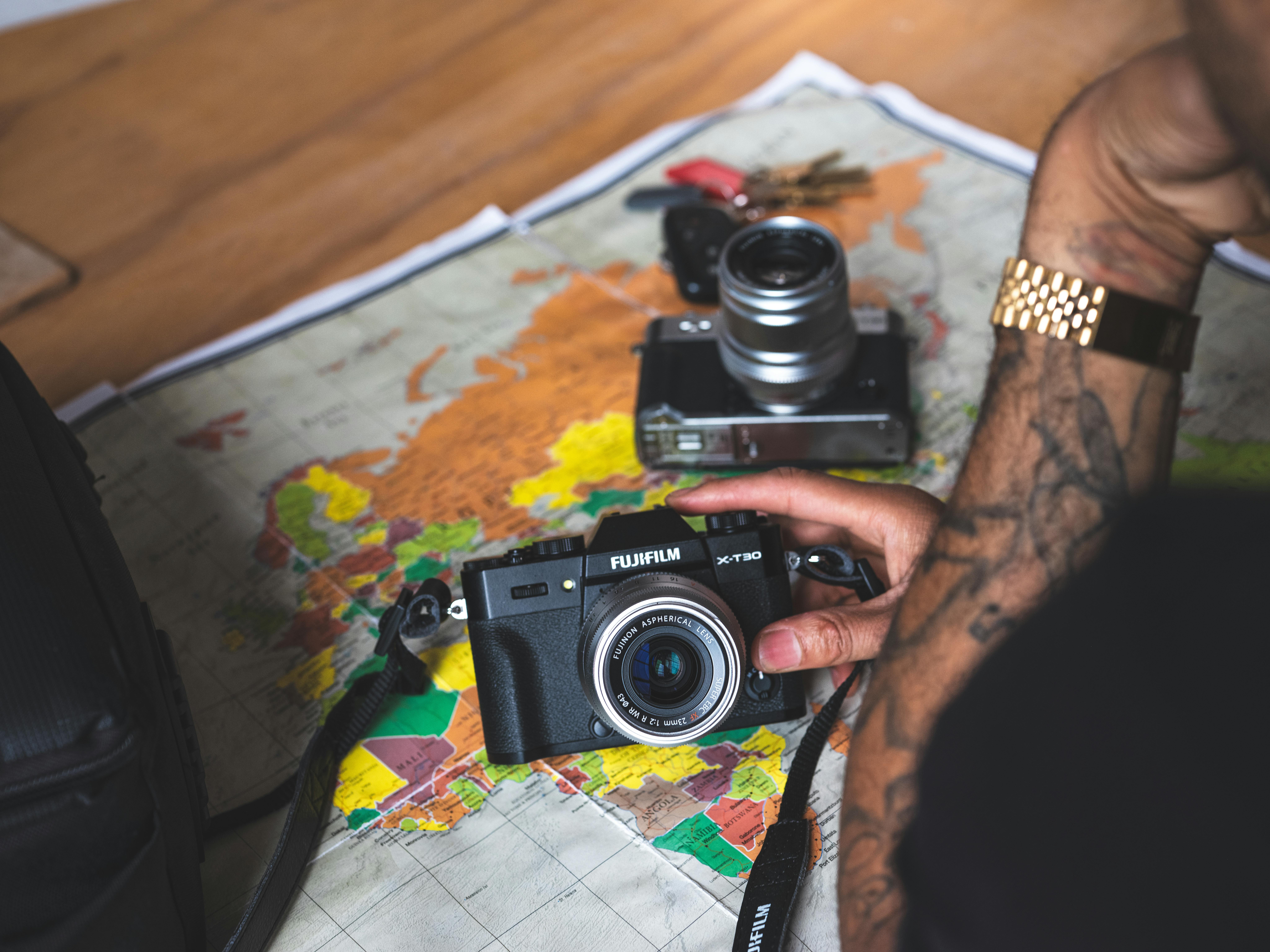Drones are remotely controlled unmanned flying vehicles that can also be used for specific jobs in addition to being able to fly. Whether it’s larger drones or mini ones, a few criteria below will help you know what’s best for you.
- Ease of use (How easy is it to fly?)
- Size (the best overall drone is not the best mini drone, and the best mini drone is not the best micro drone; these things can get very small)
- Battery duration
- Safety (Some drones have soft external parts to prevent, for example, a broken TV screen)
- Camera (Some drones come with cameras and cameras can be attached to most drones that don’t)
- Value for money (we expect performance to increase along with price)
- Features (this may be the least important criteria, because one would prefer a really solid mini drone with fewer features to one that can’t fly well but has a lot of extra features)
- Other differences between drones include flight range; 25 minutes on one battery charge for Parrot and up to 40 minutes for DJI Phantom. The DJI Phantom is also slightly heavier and some reports say it provides better stability in windy conditions, but both drones are reasonably stable for that. Replacement parts are readily available to purchase on Amazon for both models.
Drones have been gaining in popularity and more and more commercial applications have been developed for them. The two main competitors are Parrot, which has now released version 2.0 of its AR Drone for hobbyists, and DJI Phantom, which releases PRO drone versions.
Are you intrigued by being able to fly it around your city and take pictures from perspectives and angles that you couldn’t access before?
The good news is that HD video cameras have gotten cheaper and cheaper these days and both the Parrot AR Drone and DJI Phantom have them.
Updated versions come with GPS capability and a built-in “return home” function.
- They can be your Wi-Fi hotspot that connects to your smartphone or tablet, allowing you to stream HD video directly to your device.
- You can also control the drone by tilting your phone forward, backward, left, or right, just like you would in a flying game. The basic technology in a drone consists of some kind of power plant, some propulsion mechanism, some kind of steering mechanism, some kind of sensors to recognize location and route, and a transmit and receive unit to transmit and receive signals. for directing and recording.
- Drones come in all the shapes that you would find in larger planes, and also in all sorts of exotic shapes, like oblong aircraft, discs, triangles, donuts, stars, or they can resemble large insects or birds.
safety regulations
Since most uses of drones are kept secret or simply not publicly announced, it is difficult to give a full description of the extent of their use and who is using them, but a fairly clear picture emerges based on official sources, articles journalists and scientists. commercials from drone producers and stories from people who come into contact with drones in use.
Since larger drones are comparable to other aerial vehicles, they are required to maintain flashlights and other means of warning of the possibility of a collision, but since government agencies that operate drones generally want to keep the flight secret, they may such flashlights come on only when there is other traffic in the vicinity, or when operators want visual contact.



